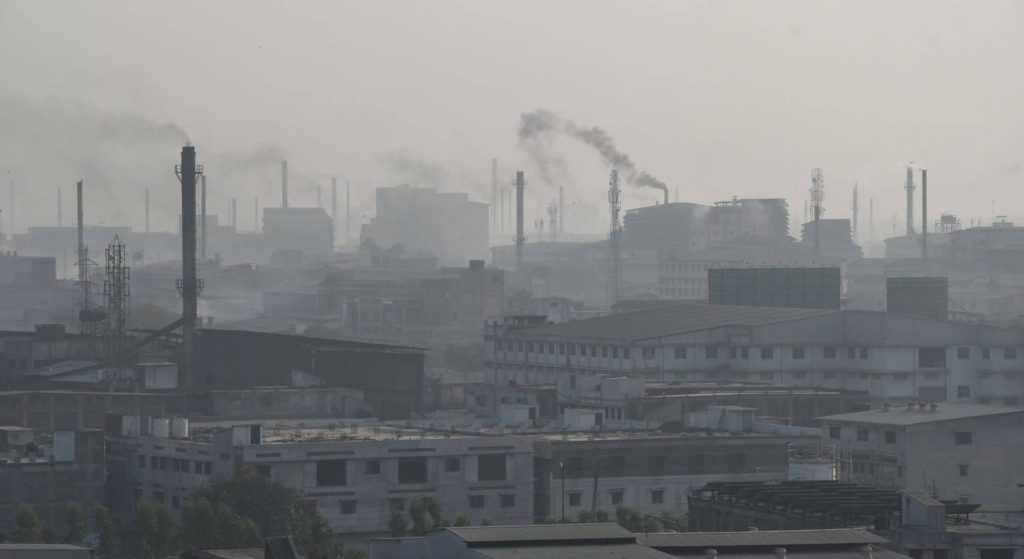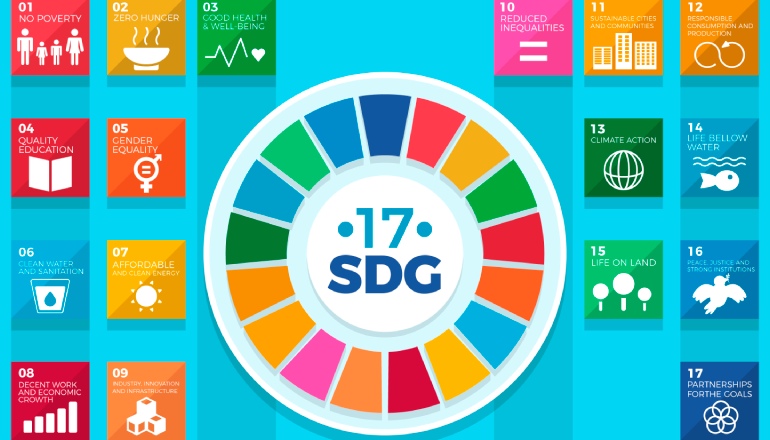Surat’s pollution market, a first-of-its-kind Emissions Trading Scheme (ETS) for particulate matter, has led to a 20-30 per cent reduction in particulate emissions in the city.
A study, co-authored by Yale university economists Rohini Pande, Nicholas Ryan, and others and published in the Quarterly Journal of Economics, found that the unique cap-and-trade market for particulate pollution dramatically cut emissions at a lower cost to industry than traditional regulations. This is the 1st ever market for particulate matter emissions.
The scheme required industrial plants to install pollution monitors and to trade emissions permits to keep the total combined emissions under a pre-determined level.
The plants that participated in the market reduced particulate emissions by 20 to 30 per cent overall, relative to plants that did not participate, the researchers found. And it cost participating plants 11% less, on average, to abate emissions than plants operating under the traditional regulations.
In the 1990s, the U.S. used an emissions trading market to curb acid rain. The program cut SO@ emissions by over 40 per cent, showing that emissions trading can reduce pollution cost-effectively. Since then, China, South Korea, and all EU countries plus Iceland, Liechtenstein, and Norway have adopted similar systems to curb carbon emissions.
India already has the Perform, Achieve and Trade (PAT) scheme to cut GHG emissions from industrial units. But the scheme does not include particulate matter.
The Surat market functioned almost perfectly, according the study, with plants obtaining enough permits to cover their remaining emissions 99 per cent of the time. By contrast, those plants outside the market met their pollution limit only 66 per cent of the time.
“The exciting part of the emissions trading scheme that we did for particulate matter, aside from reducing emissions, is that it provides a proof of concept,” said Pande, the Henry J. Heinz II Professor of Economics in Yale’s Faculty of Arts and Sciences (FAS) and director of the Economic Growth Center. “Even in a setting with lower state capacity, a compliance market can work, and often will outperform the command-and-control approach.”
Similar programs are now expanding across India since the market trial ended, demonstrating the global potential of market-based pollution controls.
Nicholas Ryan, associate professor of economics in FAS, said, “We have worked with the Gujarat Pollution Control Board for over a decade on testing policy interventions, such as altering the incentives of third-party pollution monitoring and sharing emissions information with the public. “This collaboration is setting a path for environmental policy across India.”
The Gujarat state government required 317 large, coal-burning plants to install pollution monitors. From there, about half the plants were brought into the cap-and-trade market while the rest continued to operate under traditional regulations. The plants in the market were given a cap on the total amount of pollution they could emit. Those whose operations allowed them to meet the cap more easily could then trade their permits with others who could not meet it.
Michael Greenstone of the University of Chicago and Anant Sudarshan of the University of Warwick are the co-authors of the study.











